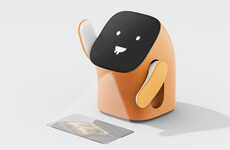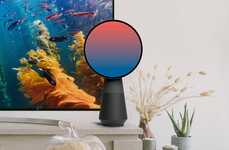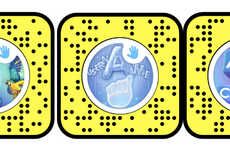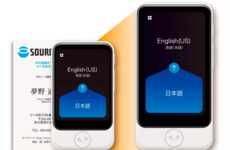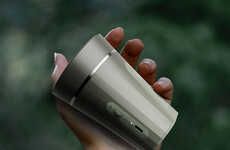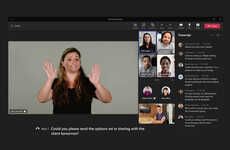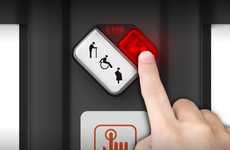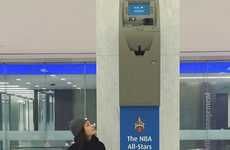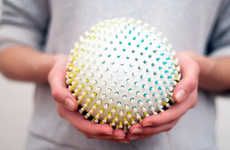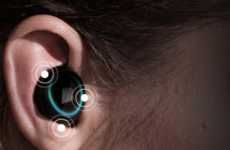
This Device by Roozbeh Jafari is a Wrist-Worn Translator for ASL
References: newswise & fastcoexist
Engineering professor at Texas A&M University Roozbeh Jafari created a unique wearable tech device that will translate American Sign Language into English. Through the use of a compatible mobile app and Bluetooth connectivity, the device will allow for easier communication for deaf people.
The smart device will read the hand gestures made by deaf people and translate them into English words. Each flick or the wrist or finger movement is recorded and transferred into the app which can be seen as written English words for those who do not use American Sign Language as a means of communication.
Roozbeh Jafari's device sends "data from two kinds of sensors to a notebook computer where the signs are decoded." Currently, the device is only in its prototype stage and can recognize 40 of the estimated 300 American Sign Language words.
The smart device will read the hand gestures made by deaf people and translate them into English words. Each flick or the wrist or finger movement is recorded and transferred into the app which can be seen as written English words for those who do not use American Sign Language as a means of communication.
Roozbeh Jafari's device sends "data from two kinds of sensors to a notebook computer where the signs are decoded." Currently, the device is only in its prototype stage and can recognize 40 of the estimated 300 American Sign Language words.
Trend Themes
1. Wearable Tech Translators - Opportunity for wearable tech devices that can translate sign language into spoken or written language, enabling easier communication for deaf individuals.
2. Gesture Recognition Technology - Potential for gesture recognition technology that can accurately interpret hand movements and translate them into various languages, bridging the communication gap for those who speak different sign languages.
3. Accessible Communication Tools - Demand for accessible communication tools that can facilitate seamless conversation between deaf individuals and non-sign language users, creating more inclusive environments.
Industry Implications
1. Technology - Disruptive innovation opportunities for the technology industry to create wearable tech devices and gesture recognition technology specifically designed for sign language translation.
2. Healthcare - Opportunity for the healthcare industry to adopt wearable tech translators to enhance communication between deaf patients and healthcare providers, improving the quality of care and patient experience.
3. Education - Potential for the education industry to utilize sign language translators in schools and universities to support inclusive learning environments and ensure effective communication between students and teachers.
4.1
Score
Popularity
Activity
Freshness



